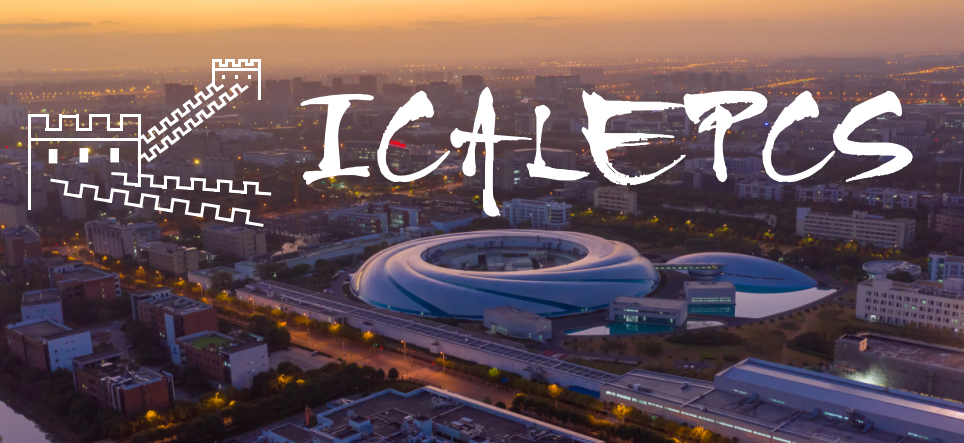Monday, October 18th
Title: Highlights of Accelerator R&D at Shanghai Light Sources Cluster
Speaker: Zhentang Zhao (SARI, CAS)

Head of Shanghai Light Sources Science Center, Member of China Engineering Academy, the project director of SSRF, SSRF upgrade, SDUV FEL, SXFEL and Shanghai Proton Therapy Facility. The principal scientist of SHINE project. His research mainly focused on accelerator based light source physics and technology.
Abstract: In order to establish a world-class photonic science research center, several large-scale facilities including synchrotron radiation light source and free electron lasers had been scheduled at SARI. SSRF had been completed at the end of 2010 and currently in operation as the only third-generation synchrotron radiation source in China. SXFEL-TF has completed and demonstrated EEHG-HGHG mode at the end of 2020. This facility will be upgraded to a EXFEL-UF in 2021. The SHINE project started Infrastructure construction and key instruments development from 2018. Currently the injector tunnel is ready for accelerator installation and commissioning. To ensure the smooth construction of the aforementioned accelerator facilities, the accelerator team has carried out research on a number of key technologies: including superconducting acceleration modules, room temperature high-gradient acceleration technology, advanced undulator technology, and digital beam diagnostics and control technology. This article will briefly introduce the construction and operation of the above-mentioned large scientific facilities, as well as the latest progress of key technology development.
Tuesday, October 19th
Title: Large-scale Quantum Communication Network
Speaker: Juan Yin (USTC)
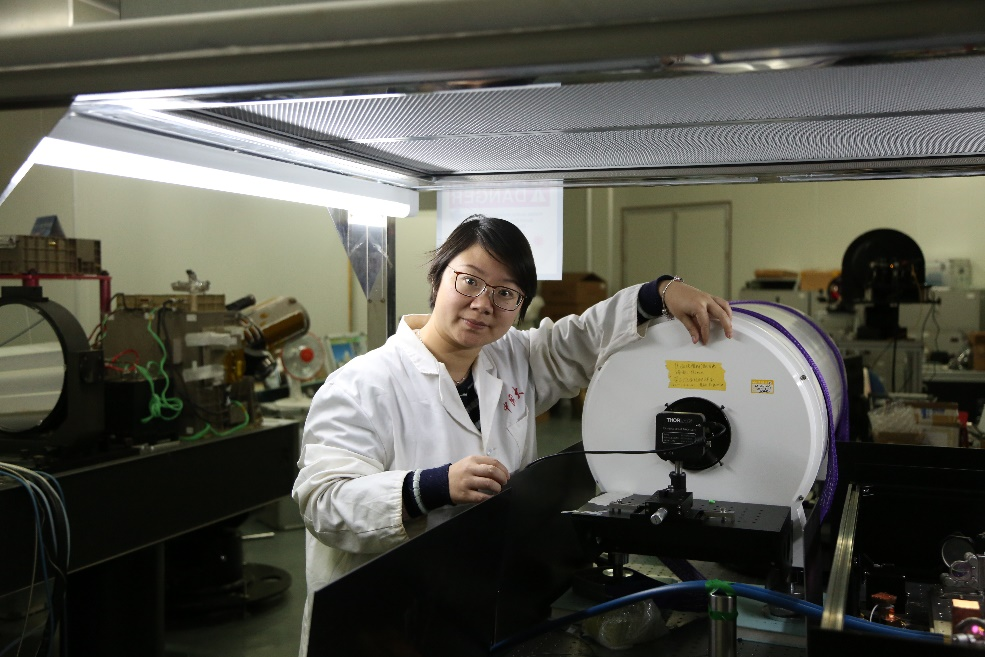
Professor of experimental physics, University of Science & Technology of China (USTC). She is also the chief designer of the payload on Micius quantum science satellite. She has been engaged in the experimental study of long-distance entanglement-based quantum physics for a long time and published more than 40 papers in international journals, including five articles in Nature, two articles in Science, two articles in Nature Photonics, one article each in Nature Physics and PNAS, and nine articles in Physical Review Letters. Till now, her publications have been cited more than 2700 times. To further show the impact of her major achievements, her work has been selected for twice annual highlights by Nature as “Features of the Year 2012”, ”2017 in news: The science events that shaped the year”, and three times “The Top Ten Annual Scientific and Technological Progresses in China” by the academicians of the Chinese Academy of Science and the Chinese Academy of Engineering. She has won many honors, such as Shanghai Rising-star of Science and Technology, Shanghai Women's Innovation Award, “Newcomb Cleveland Award” of AAAS, Outstanding Scientific and Technological Achievement Award (Collective) of CAS, and National "March 8th Red Flag Bearer".
Abstract: Free-space quantum communication with satellites opens a promising avenue for global secure quantum network and large-scale test of quantum foundations. Here we report a serial of experimental progresses on free-space quantum communication over long distance. In the meantime, Chinese Quantum Science Satellite has been launched on August 16th 2016. Through nearly one year of efforts, we have achieved the three major scientific goals—satellite-based entanglement distribution over 1200km, ground-to-satellite quantum teleportation and satellite-to-ground quantum key distribution. Intercontinental quantum communication between China and Europe at locations separated by 7600 km has also been demonstrated, using the satellite as a relay. In this report, we will first introduce the latest experimental progress through Micius, such as the first realization of entanglement-based QKD over 1,120 kilometres without the need for trusted relays, integrated space-to-ground quantum communication network over 4,600 kilometres, and satellite-based quantum-secure time transfer. And then we will also introduce the technical challenges, possible solutions and related research work we are carrying out towards a practical global quantum network.
Wednesday, October 20th
Title: Digital Transformation of Urban Economy and Case Study
Speaker: Dejun Ning (SARI, CAS)
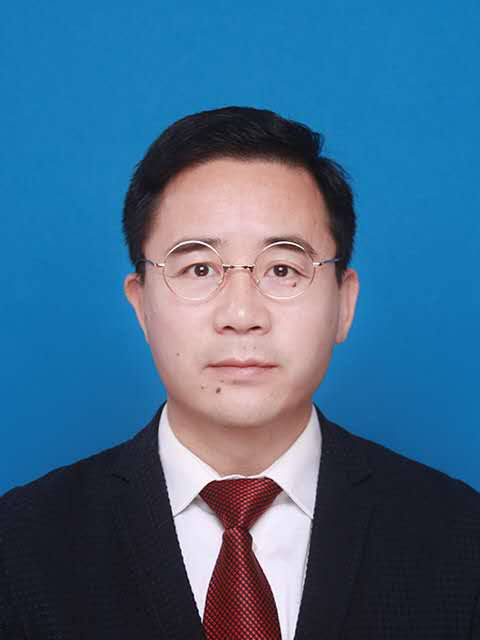
Professor Engineer, Director of research center of Smart City of SARI; Director of China Software Association; As Shanghai Industrial Internet expert, he has been engaged in data intelligence, edge cloud collaborative computing and intelligent software engineering research in the field of industrial Internet and smart city for a long time. He has led over 30 software development, provided consulting services to more than 50 well-known enterprises, led and participated in more than 10 standards, and 10 enterprises' digital transformation projects. He worked as Rational GCG CTO in IBM for several years. He has more than 10 patents, published more than 20 papers and 3 books.
Abstract: The speaker hopes to help audience understand the internal driving force of China's urban economic digital transformation from the perspective of logic thinking, and help entrepreneurs clarify the internal basic logic and main entry points of enterprises, industry parks and other urban entities to carry out digital transformation and upgrading through case analysis.
Thursday, October 21st
Title: Infrared Remote Sensors for Chinese Meteorological Satellites
Speaker: Lei Ding (SITP, CAS)
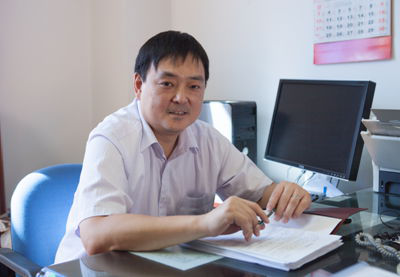
Head of Shanghai Institute of Technical Physics, Professor; Distinguished Adjunct Professor of The ShanghaiTech University. He has been engaged in the research of space photoelectric remote sensing technology., as well as optical remote sensing imaging technology, high-precision radiation calibration technology. He won national prize for scientific and technological progress, the first class prize of the Chinese Academy of Sciences and also Shanghai Science and Technology Progress Prize.
He has been in charge of the mail payloads of Chinese meteorological satellites, MERSI (Medium Resolution Spectral Imager) for polar-orbit FengYun-3, and GIIRS (Geostationary Interfering InfraRed Sounder) for geostationary orbit FengYun-4. These payloads lead the direction for atmospheric measurement, and are much useful for the weather forecasting and climate change detecting.
Abstract:
An infrared hyper-spectral sounder, Geostationary Interferometric Infrared Sounder (GIIRS) on-board FY-4A satellite, is the first interferometer with less than 1 wavenumber spectral resolution that works on geostationary orbit. GIIRS takes measurements of three dimensional atmospheric structure from interference of split light beams, complementing the advanced IR sounders in polar orbit. It measures the infrared radiation spectrum distribution in the middle and long wave infrared spectra of the earth by using the Fourier spectroscopic technique.
GIIRS provides breakthrough measurements with the temporal, horizontal, and vertical resolution needed to resolve the quickly changing water vapor and temperature structures associated with severe weather events. Through the atmospheric detection made by GIIRS, the weather trend is calculated for the numerical weather prediction model, and the large-scale, rapid, continuous and long-term meteorological measurements have been realized. The international Meteorological community is eager to use the new type of data and get experience with it, as Dr. Tillmann Mohr, former Director-General of EUMETSAT , mentioned.
The combination of imaging principle and Fourier spectrometer principle has been used in GIIRS, which is an ideal method for infrared remote sensing detection. GIIRS has been working operationally since 2018. The noise equivalent radiation is less than 0.2 mW m-2 sr-1 cm-2 for long wave and 0.08 mW m-2 sr-1 cm-2 for medium wave. The spatial resolution is 16km and the temporal resolution is up to 67min(for China region). It has the capability on providing GllRS observations every 15 minutes for selected regions. The observation spectra of long and medium wave infrared spectra of GIIRS are consistent with that of international reference instrument (METOP-A/IASI). The accuracy of calibration reaches 0.64K and 0.99K respectively, and the accuracy of spectral calibration reaches 8ppm, which is better than the design index and has excellent performance.
With its high spectral specification and high temporal resolution observations, GIIRS provides critical information for severe weather nowcasting and Warn-On-Forecast. The data from GIIRS had been assimilated by Global Regional Assimilation PrEdiction System (GRAPES) in 2018. It provided positive impact on weather forecasts in the regional numerical weather prediction (NWP) model. Scientists from Chinese meteorological administration showed very encouraging result for several typhoon forecasting. It has attracted wide attention of major NWP centers, and may open a new era of atmospheric measurement. In 2019 Joint Satellite Conference, scientists from NOAA, NASA, EUMETSAT (Europe), Japan, China, etc. figured out that “Biggest next step is the GEO hyperspectral sounder!”
The spatial resolution of GIIRS on the experimental FY-4A will be enhanced for the follow-up operational ones, 12 km for the second GIIRS and may be 8km for the third. The specification and development would be exhibited.
Friday, October 22nd
Title: Laser Ion Accelerator and Its Applications
Speaker: Chen Lin (Peking University)
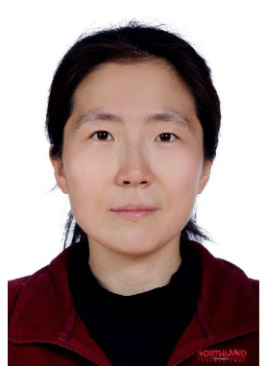
She is a senior scientist in State Key Laboratory of Nuclear Physics and Technology, School of Physics, Peking University. She is also the deputy director of Beijing Laser Acceleration Innovation Center (BLAIC) in Huairou science City, Beijing. Her research focusses on the laser ion acceleration, its application, and accelerator control system. During the past eight years, she has been in charge of the proton acceleration and transport experiments of Compact LAser Plasma Accelerator (CLAPA) at Peking University. Another major research work of her is the development of Laser Accelerated Ion-Beam Probe method for the diagnosis of magnetic and electric field in Tokamak. She is also responsible for the development of the accelerator control system and the treatment control system of the proton radiotherapy facility based on PW laser accelerator, which is under construction in BLAIC.
Abstract: The concept of laser plasma acceleration was first proposed by Tajima and Dawson in 1979, and was soon extended from accelerating electrons with gas targets to accelerating ions with solid targets. It is considered as a promising candidate for future compact accelerator and radiation source. Laser ion acceleration is a very high gradient explosive process:when an ultrahigh-intensity laser irradiates on a solid target, the established acceleration field can exceed TV/m, accelerating ions to high energy within tens of micron distance. The laser-driven pulsed high-current ion sources may enable significant advances in many fields, such as tumor therapy, proton radiograph, warm dense matter and fast ignition of fusion cores. In this presentation, we will introduce several main acceleration mechanisms and the latest research progress of laser ion acceleration. We will also introduce some frontier developments of laser proton accelerator in Peking University. With the support of the Ministry of Science and Technology of China, a prototype of proton radiotherapy system based on PW (10 ^ 15 W) laser accelerator is under construction.
